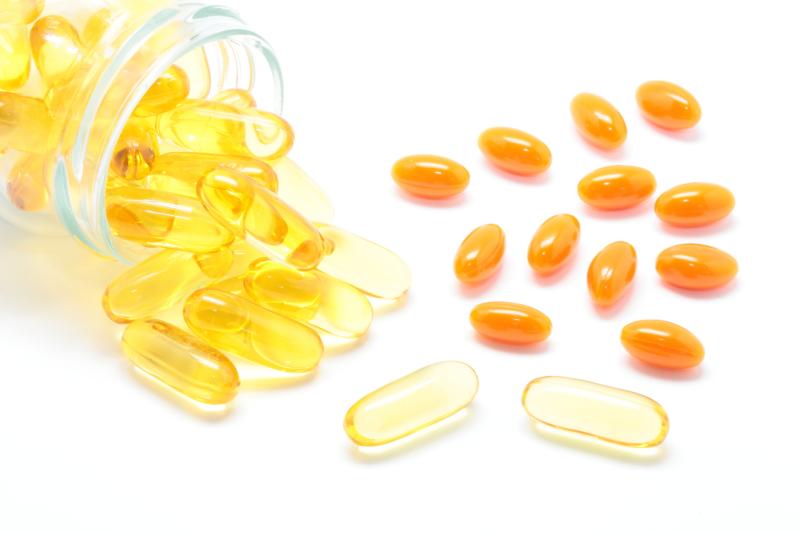 Healthy people do not necessarily need to consume dietary supplements.
Healthy people do not necessarily need to consume dietary supplements.Supplementation with thiamine for 6 months has failed to enhance left ventricular ejection fraction (LVEF), quality of life or exercise capacity in ambulatory patients with heart failure (HF) and reduced LVEF despite improvement in thiamine concentrations, a study reveals.
“These findings do not support routine thiamine supplementation in the treatment of HF and reduced LVEF,” the authors said.
This prospective, multicentre, double-blind, placebo-controlled randomized trial included eligible ambulatory patients with HF and reduced LVEF recruited from four academic and community hospitals between 2010 and 2015. Sixty-nine patients (mean age, 64±12 years; 83 percent men; LVEF, 37±11 percent) were randomly assigned to receive either 200-mg oral thiamine mononitrate per day (n=35) or placebo (n=34) for 6 months.
The supplemented group had significantly higher erythrocyte thiamine pyrophosphate and urine thiamine concentrations than the placebo group at 6 months (p=0.02 and p<0.001, respectively).
After adjusting for baseline measurements, LVEF at 6 months was significantly higher in the placebo vs the thiamine group (38 percent, 95 percent confidence interval [CI], 36–39 percent vs 35 percent, 95 percent CI, 33–37 percent; p=0.047). No between-group differences were noted in Minnesota Living with Heart Failure score, distance walked in 6 minutes and N-terminal prohormone of brain natriuretic peptide concentrations.
Of note, one patient (2.9 percent) in the thiamine-supplemented group died at 6 months.
“Thiamine, a water-soluble B-complex vitamin, functions as a coenzyme in macronutrient oxidation and in the production of cellular ATP,” the authors said. “Data suggest that thiamine depletion occurs in HF. Therefore, thiamine supplementation in HF patients may improve cardiac function.”